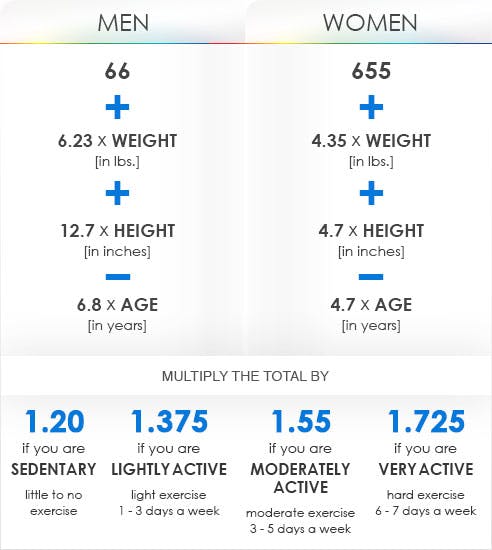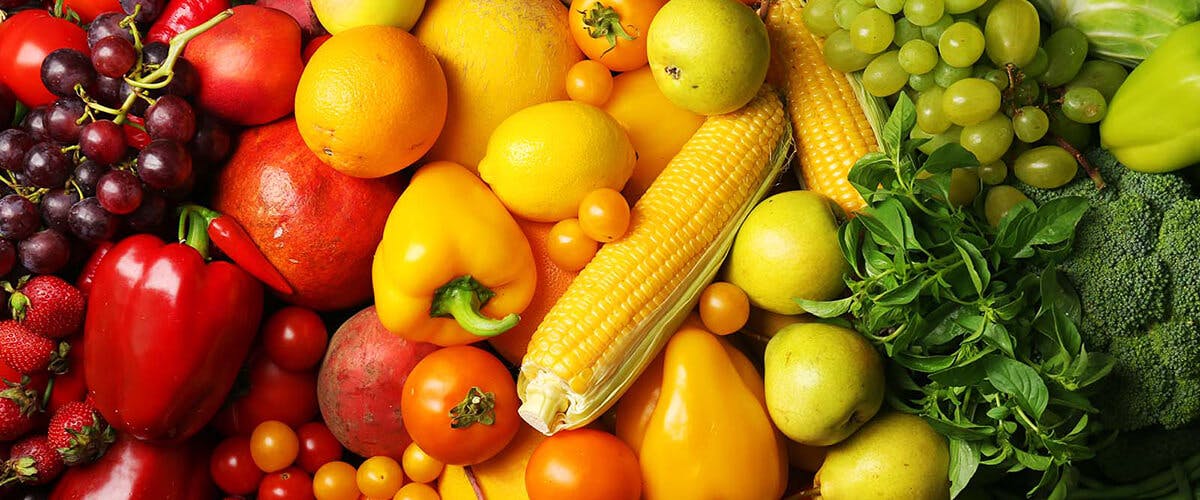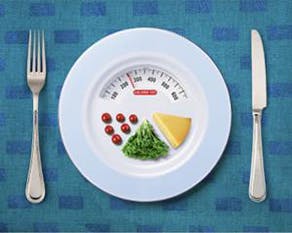4 Ways to Burn More Fat 24/7
HEALTH & WELLNESS
10.21.2014

We all know people who can eat just about anything—and everything—and never gain a pound. Chances are, you aren’t one of them (I know I’m definitely not!). Why them—not us? The answer: metabolism, or the process by which your body converts the calories from what you eat and drink into energy. The fact is, some people just have naturally faster metabolisms than others, which means their bodies are able to burn up calories faster than most people’s.
The good news, though, is that there are ways—below—to increase your metabolism so you can churn through calories all day long, even when you’re sitting.

Stop dieting. This doesn’t mean that you should go ahead and eat whatever you want. This means stop depriving your body of food in an effort to drop pounds, which never really results in long-term weight loss anyway. When the body is deprived of enough calories, the metabolism tries to conserve energy by slowing down. You end up burning fewer calories, so you’re not able to lose weight.
What’s best: determine how many calories a day your body needs to maintain your current weight (see formula, below):

The number you come up with is the number of calories you need a day to stay at your current weight. Eat more, and you’ll gain weight. Eat less, and you’ll safely lose weight. (Cut out no more than 500 calories a day, if you want to safely lose about two pounds a week—without affecting your metabolism.)

Eat more protein
It takes longer for the body to burn protein than it does for it to burn carbohydrates or fat—and that translates to a slightly higher metabolic rate (rate at which your metabolism burns calories). Eating more protein also seems to help preserve lean body mass1, which burns more calories at rest than fat.

Build muscle2
The simple fact is that the more muscle you have (and the less fat) the faster your metabolism 24/7. The reason for this is that muscle uses more energy than fat.
To build more muscle, add strength training to your exercise routine every day. I always recommend starting off with a personal trainer for a few sessions to get you started; this way, you can figure out a strength-training routine that works for you—either in the gym or at home. The key is that you do 1 to 2 sets of 8 to 16 repetitions of any exercise—and that you increase it every week by adding another repetition or two or by increasing the weights slightly.
Also keep in mind that body-weight exercises are easy to do on your own and don’t require any equipment; these include lunges (walking or stationary), squats, and push ups. In fact, these are my all-time favorite ways to work muscle building in to a busy day: I try to do at least 20 push-ups in the morning before starting my day — and do chair squats (with both feet parallel, push back your butt to sit in a chair and then rise up and repeat) for regular desk breaks. By challenging yourself, you build muscle—and by building muscle, you increase your metabolism.

Practice interval training
There have been numerous studies3 about interval training and metabolism, namely that it’s one of the most effective ways to churn through more calories when you work out—and keep your metabolism stoked long after your workout ends. You can easily work intervals into any cardio routine, whether you’re walking around the block or on the elliptical trainer at the gym.
Here’s how to do intervals: Do 30 seconds to one minute of hard cardio (e.g. power walking) following by 30 seconds to one minute of easier cardio (e.g. slower walking). Then just repeat these intervals three to four times and take a two-minute break (be sure to drink some water to stay hydrated). Then repeat this two to three times. And try to work this in to as many workouts as possible over the course of one week.
There are other things you can do to try to boost your metabolism, too—but after you’ve done the things above. (Consider these metabolism add-on’s.) For example, drinking green tea4 (about 5, eight-ounce cups a day) helps increase metabolism slightly (you can burn about 90 extra calories a day) thanks to powerful antioxidants called catechins. Eating spicy foods with capsaicin5 (the compound that gives jalapenos, habaneros, cayenne, and most other chili peppers their kick) also increases metabolism slightly by inducing something called thermogenesis, the process by which cells convert energy into heat. (For yummy ways to incorporate capsaicin into your recipes, read: “Spice” Up Your Metabolism)
Whatever you do, though, know that getting into the habit eating right and exercising regularly is really the answer to keeping your metabolism on high—and to staying healthy long term.
1 “The Effects of Consuming Frequent, Higher Protein Meals on Appetite and Satiety During Weight Loss in Overweight/Obese Men,” Heather J. Leidy, Minghua Tang, et al., Obesity, April 2011, 19(4): 818-24;
http://www.ncbi.nlm.nih.gov/pubmed/20847729
2 Always check with your doctor before starting, and engaging in, any exercise program.
3 “Metabolic adaptations to short-term high-intensity interval training: a little pain for a lot of gain?”, MJ Gibala and SL McGee, Exercise and Sport Sciences Reviews, April 2008, 36(2): 58-63; http://www.ncbi.nlm.nih.gov/pubmed/18362686; “High-Intensity Aerobic Interval Training Increases Fat and Carbohydrate Metabolic Capacities in Human Skeletal Muscle,” CG Perry, GJ Heigenhauser, A Bonen, and LL Spriet, Applied Physiology, Nutrition, and Metabolism, December 2008, 33(6): 1112-23; http://www.ncbi.nlm.nih.gov/pubmed/19088769
4 “Efficacy of a Green Tea Extract Rich in Catechin Polyphenols and Caffeine in Increasing 24-h Energy Expenditure and Fat Oxidation in Humans,” Abdul G Dulloo, Claudette Duret, Dorothée Rohrer, et al., The American Journal of Clinical Nutrition 1999; 70: 1040-45; http://76.163.213.142/downloads/Green_Tea_Efficacy_in_Fat_Oxidation.pdf
5 “Capsaicin Stimulates Uncoupled ATP Hydrolysis by the Sarcoplasmic Reticulum Calcium Pump”, Y Mahmmoud et al., Journal of Biological Chemistry, 2008; 283 (31): 21418-21426; http://www.jbc.org/content/283/31/21418
Image Credits: Crdjan/Shutterstock.com
Recommended Articles
The 5 Best Foods That Will Help Supercharge Your Brain
Amidst our busy schedule, it's important to retain our focus and memory. Resting alone is not...
Iron deficiency is a lot more common than you would think. A recent survey by SATA CommHealth(i...
Mars vs Venus: Understanding the His and Hers of Nutritional Needs
Mars vs Venus: Understanding the His and Hers of Nutritional Gaps Although their DNAs are...






